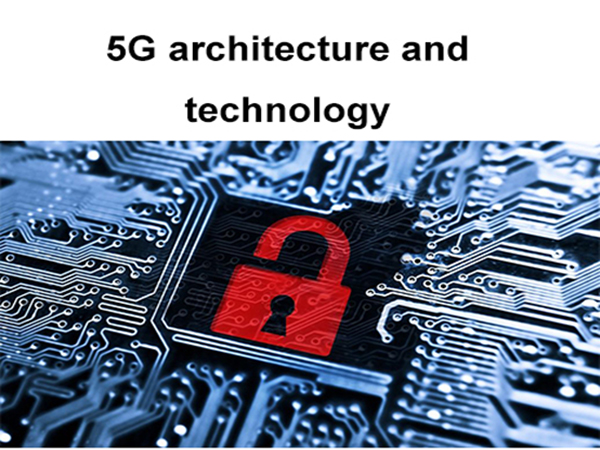
In 2015, the international telecommunication union (ITU) released IMT vision: 5G architecture and overall goals, which defined three application scenarios of enhanced mobile broadband (eMBB), ultra-high reliability and low latency (uRLLC), mass machine type communication (mMTC), and eight key performance indicators such as peak rate and traffic density.
Compared with 4G, 5G will provide at least ten times the peak rate of 4G, millisecond transmission delay and millions of connections per square kilometer.
From the perspective of network architecture, 5G network continues the overall 4G characteristics, including access network, core network and upper layer application (as shown in the figure below). In order to meet the diversified business needs of 5G mobile Internet and mobile iot, 5G network adopts new key technologies in both core network and access network, realizing technological innovation and network reform.
From the perspective of technology, the main key technologies adopted by 5G are:
Servitization architecture: in the 5G servitization architecture, network functions are provided as services to the outside world, and different network functions and services are intercommunicated through standard interfaces, supporting on-demand invocation and function reconstruction, so as to improve the flexibility and openness of the core network. 5G servitization architecture is an important means to rapidly meet the needs of vertical industries in the 5G era.
Network function virtualization: the virtualization technology is adopted to decouple the hardware and software of the private network elements of the traditional network, construct the network function based on the unified virtual facilities, realize the centralized control, dynamic configuration, efficient scheduling and intelligent deployment of resources, and shorten the business innovation cycle of network operation.
Network slicing: network slicing can shred multiple logical networks with different functions and features on a physical network, and support a variety of business scenarios at the same time. Based on network slicing technology, network resource utilization can be improved and network resources needed by different business scenarios can be isolated.
Edge computing: edge computing is at the edge of the network, close to the user, to provide computing and data processing capacity, in order to improve the network data processing efficiency, to meet the vertical industry network low delay, large traffic and security requirements.
Network capability opening: 5G network can open network capability to third-party applications through capability open interface, so that third parties can design customized network services according to their own needs.
Key technologies of access network: 5G adopts flexible system design to support multiple services and scenarios in the access network, and adopts new channel coding scheme and large-scale antenna technology to support high rate transmission and better coverage.
